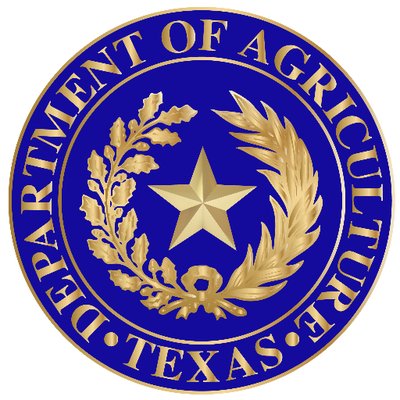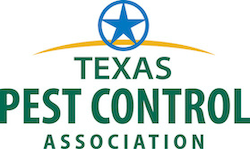Beetles
- Found in almost every habitat except the sea and the polar regions, beetles interact with their ecosystems in several ways. They feed on plants and fungi, break down animal and plant debris, and eat other invertebrates.
- Some species are serious agricultural pests, while others eat aphids, scale insects, thrips, and other plant-sucking insects that damage crops.
- Over 200 species of beetles are found in Texas. The four most common are the red flour beetle, the confused flour beetle, the boll weevil, and the June bug or beetle.
- Boll weevils are one of the most serious agricultural pests in the southern United States. At one point in time, one-third of the insecticide used in the U.S. was used to combat boll weevils.
- Boll weevils take their name from their habit of both consuming and laying their eggs in the boll of the cotton plant, the protective covering that hides the tuft of cotton growing inside the plant.
- It is estimated that since it arrived in the United States, the boll weevil has cost cotton producers $13 billion dollars. Recently, the cost of the damage the boll weevil causes has been calculated at $300 million per year.
- Red and confused flour beetles attack stored grain products such as flour, cereals, meal, crackers, beans, spices, pasta, cake mix, dried pet food, dried flowers, chocolate, nuts, seeds, and even dried museum specimens.
- The confused flour beetle received this name due to confusion over its identity as it is so similar to the red flour beetle at first glance
- Red and confused flour beetles live in the same environment and compete for resources.
- The heavy-bodied June beetles vary from 0.5 to 1 inch and have shiny wing covers. They feed on foliage and flowers at night, sometimes causing considerable damage.
- June beetle larvae, called white grubs are about 1 inch long and live in the soil. They can destroy crops and kill lawns and pastures by severing grasses from their roots.
- Each female buries between 50 and 200 eggs in the soil. After three years of feeding on plant roots, the larvae pupate and emerge as adults in late summer, then bury themselves again for the winter. In spring, the adults emerge once more and feed on available foliage.
References
“Beetle.” Wikipedia, Wikimedia Foundation, 3 Sept. 2022, https://en.wikipedia.org/wiki/Beetle.
Shipman, Matt, et al. “The Boll Weevil War, or How Farmers and Scientists Saved Cotton in the South.” NC State News, 17 May 2017, https://news.ncsu.edu/2017/05/boll-weevil-war-2017/.
Kellen. “6 Interesting Facts about Boll Weevil Control (2019).” Pest Wiki, 2 Aug. 2019, https://www.pestwiki.com/boll-weevil-control/.
Kellen. “Boll Weevil – Everything You Need to Know about the Boll Weevil (2018).” Pest Wiki, 21 Sept. 2018, https://www.pestwiki.com/boll-weevil/.
Red and Confused Flour Beetles – Tribolium Spp.., https://entnemdept.ufl.edu/creatures/urban/beetles/red_flour_beetle.htm.
“June Beetle.” Encyclopædia Britannica, Encyclopædia Britannica, Inc., https://www.britannica.com/animal/June-beetle.






